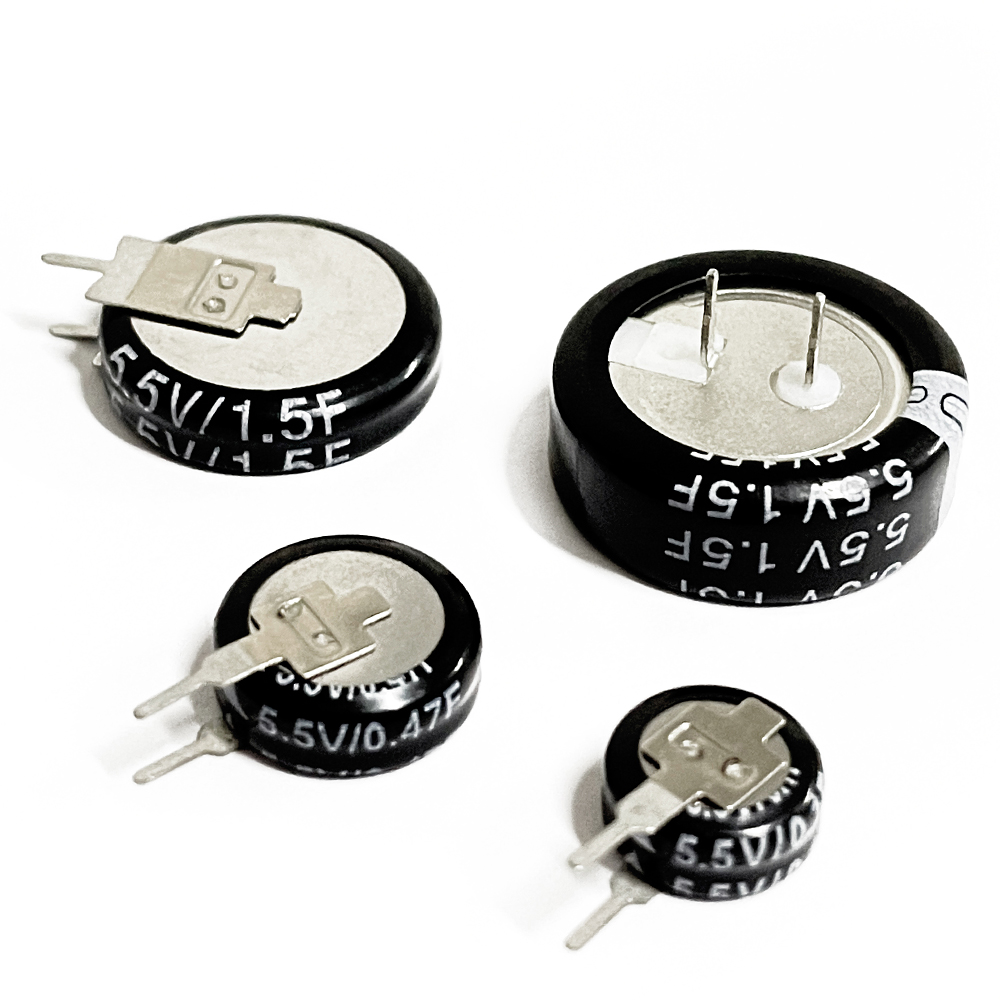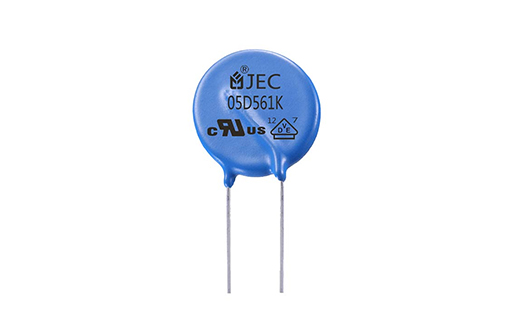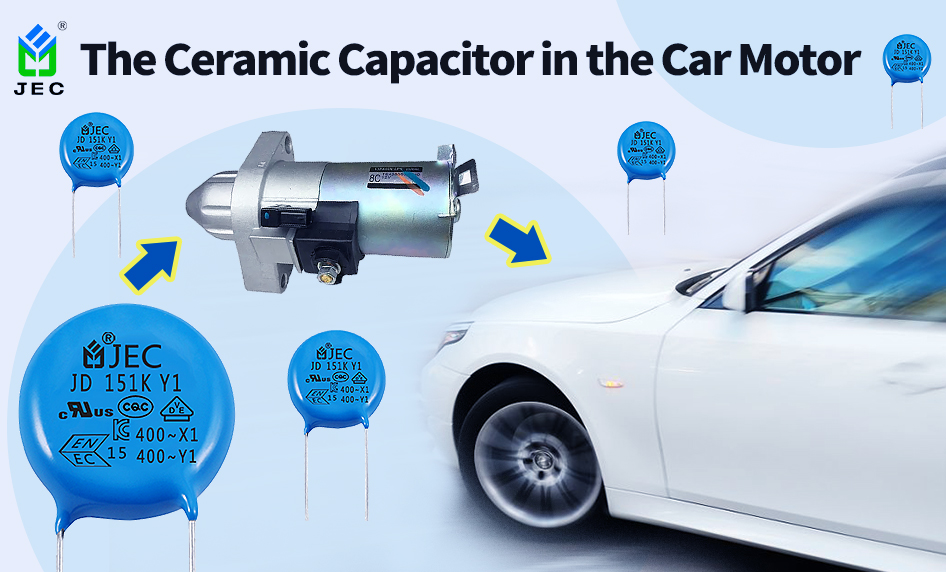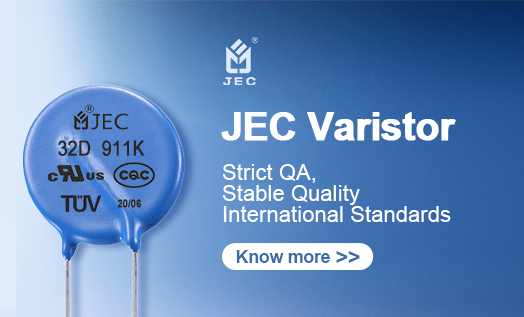Oct. 27, 2023
A supercapacitor is a high-performance capacitor with advantages such as rapid charge and discharge, long lifespan, and high efficiency. However, due to its unique electrical properties, there are several things to keep in mind when charging a supercapacitor:
Control Charging Current: The charging current of a supercapacitor should be controlled within the appropriate range to prevent excessive current from damaging the capacitor. It is recommended to use a dedicated charger and select the appropriate charging current based on the capacitor's rated voltage and capacitance.
Gradually Increase Charging Voltage: The charging voltage of a supercapacitor should be gradually increased to avoid suddenly applying excessive voltage, which could damage the capacitor. It is advisable to use a constant current charging method, starting with a small current value and then gradually increasing the charging voltage until it reaches the capacitor's rated voltage.

Avoid Overcharging: The charging voltage of a supercapacitor should not exceed its rated voltage, as this could lead to overcharging and even explosion. It is recommended to use a voltage detection device during charging and stop charging promptly to prevent overcharging.
Avoid Reverse Charging: Super capacitors should not be charged in reverse, as this can damage the capacitor. It is advisable to check the polarity of the capacitor before charging and use the correct power source.
In summary, it is important to follow safe and correct procedures when charging a supercapacitor to ensure its long lifespan and high performance.
This article is provided by JYH HSU Electronics (JEC), a manufacturer of capacitors and resistors.


The Ceramic Capacitor in the Car Motor
Oct. 27, 2023

Working Principle and Protection Measures of Varistor
Oct. 27, 2023
+86 181 2299 5593
+86 18122995593
+86 769 8831 3605
Beside Luchong Bridge, Hou Road, Caibai Village, Daojiao Town, Dongguan, Guangdong, China
Navigation